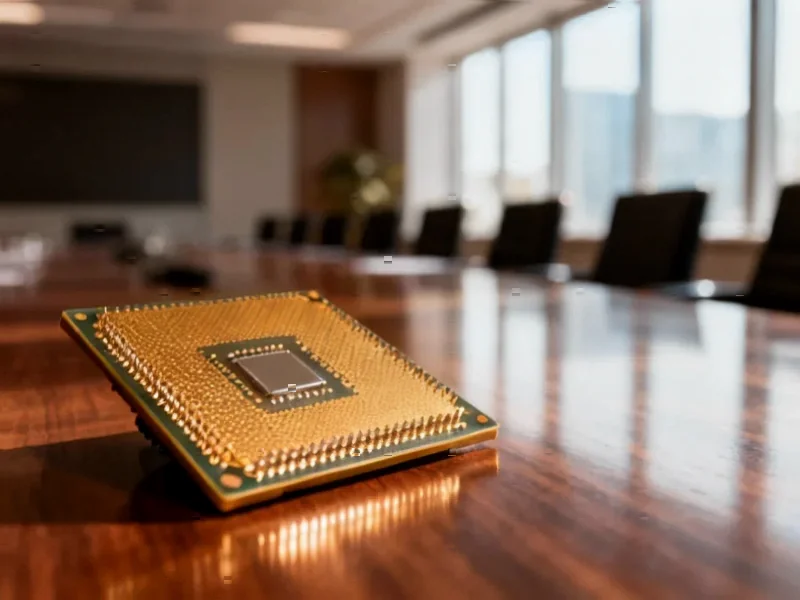According to MIT Technology Review, China accounted for 69.7% of all AI patents and 22.6% of AI publication citations globally by 2023, compared to 13% for the US, according to Stanford University’s Artificial Intelligence Index Report 2025. The talent gap is also narrowing significantly, with the percentage of top AI researchers working in China rising from 11% in 2019 to 28% in 2022, while the US share declined from 59% to 42% according to US Council of Economic Advisers data. Despite the US producing 40 notable AI models compared to China’s 15 in 2024, Chinese models like DeepSeek-V3 and Alibaba’s Qwen 2.5-Max demonstrate superior algorithmic efficiency. These metrics suggest we’re witnessing a fundamental rebalancing of global AI capabilities that demands deeper analysis.
The Efficiency Imperative
China’s focus on algorithmic efficiency represents a strategic pivot born of necessity. While US companies benefit from virtually unlimited access to advanced semiconductors and cloud infrastructure, Chinese researchers have been forced to innovate within computational constraints. This has led to breakthroughs in model architecture, training methodologies, and inference optimization that deliver comparable performance with significantly fewer computational resources. The success of models like DeepSeek-V3 demonstrates that raw computing power isn’t the only path to AI advancement—sometimes constraints breed creativity that unrestricted resources cannot.
The Patent Paradox
China’s dominance in AI patent filings—nearly 70% of the global total—masks a more complex reality. Patent counts alone don’t measure innovation quality or commercial impact. The Chinese system incentivizes patent filing through various government programs and corporate metrics, which can lead to quantity over quality. Meanwhile, the US maintains leadership in the most influential research, with 50 of the top 100 most cited publications compared to China’s 34. This suggests that while China is producing massive volume, the US continues to drive foundational breakthroughs that shape the entire field’s direction.
The Talent Mobility Equation
The shifting balance of AI researchers reflects broader geopolitical currents. Restrictive US immigration policies, particularly around H-1B visas, are creating a reverse brain drain as Chinese researchers return home. This represents a significant strategic miscalculation by US policymakers. China’s growing domestic AI ecosystem offers competitive salaries, substantial research funding, and fewer regulatory hurdles—creating a compelling alternative for top talent. The 14 percentage point shift in researcher distribution over just three years suggests this trend is accelerating, potentially creating a self-reinforcing cycle where talent attracts more talent.
Systemic Advantages and Limitations
China’s whole-of-society approach to AI development provides coordination advantages that Western democracies cannot match. The ability to mobilize resources, standardize protocols, and rapidly deploy at scale gives China unique implementation capabilities. However, this top-down approach may limit the kind of disruptive, bottom-up innovation that has characterized Silicon Valley’s greatest successes. The most transformative technologies often emerge from unpredictable environments where experimentation flourishes outside institutional constraints. China’s systematic approach excels at incremental improvement and scaling, but may struggle to produce the paradigm-shifting breakthroughs that redefine entire industries.
Moving Beyond Binary Competition
Framing AI development as a simple US-China race obscures the reality of global technological interdependence. Both ecosystems have developed unique strengths—American innovation in foundational models and Chinese excellence in applied AI and manufacturing integration. The most likely future isn’t one of clear victory but of continued interdependence, with each system leveraging its comparative advantages. The real competition may not be about which country “wins” AI supremacy, but how different societies manage the profound economic and social transformations that AI will inevitably bring.




